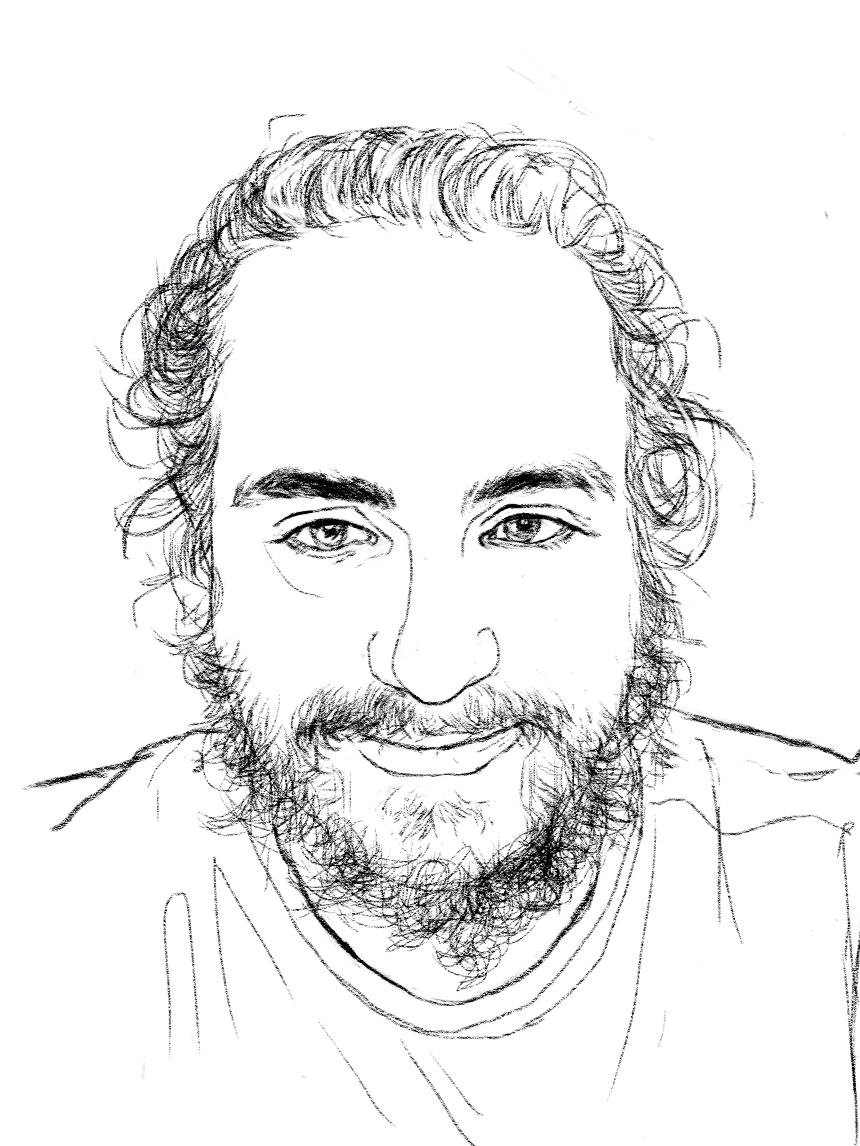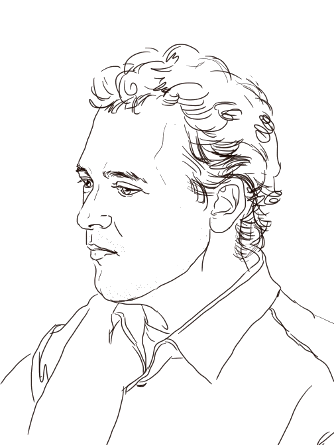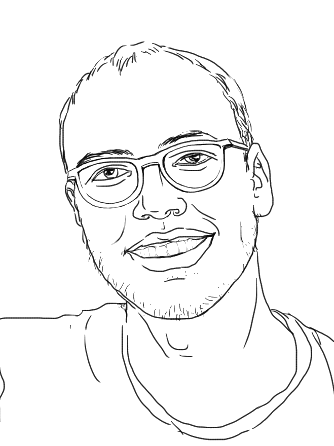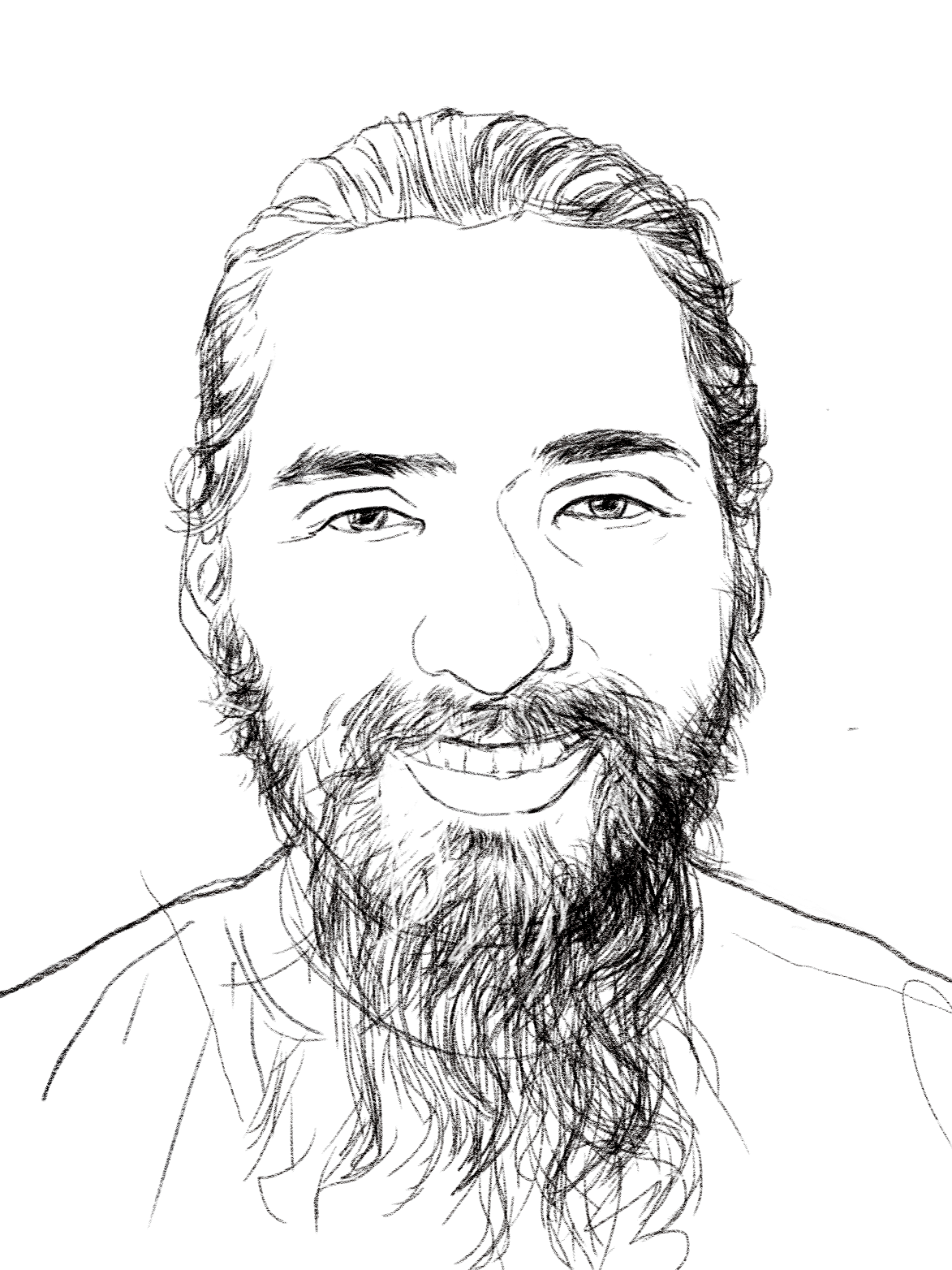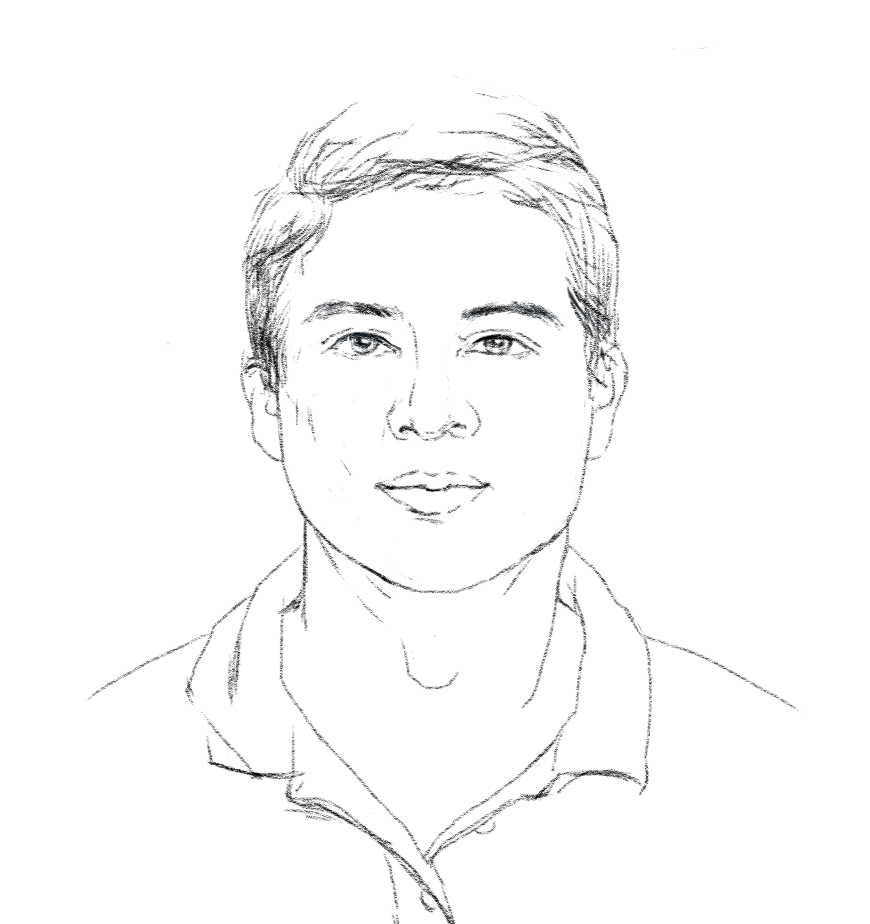News
People currently working in our group:
GraFOx
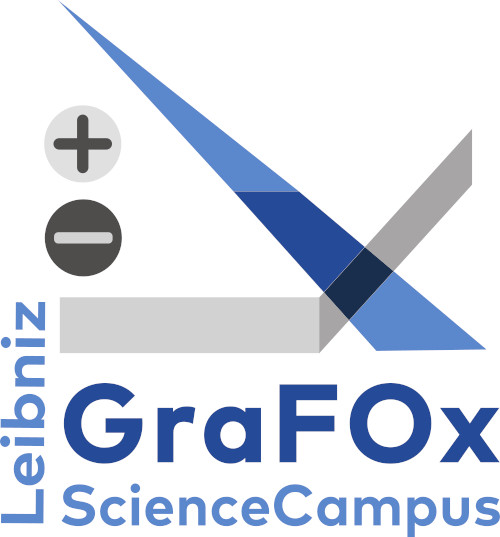
We are a main partner in the Leibniz ScienceCampus Growth and Fundamentals of Oxides (GraFOx) for electronic applications. Our projects are focused on the ab initio description of physical and optical properties of complex oxides using density-functional theory (DFT), molecular dynamics (MD), and many-body perturbation theory. Oxides pose a noticeable challenge to density functional theory as standard treatments of the exchange-correlation interaction suffer from several severe shortcomings, not only due to their structural complexity.
Below, we sketch the GraFOx related topics that we address:
Optical excitations in M2O3 (M=Ga, In, Al)
We explore the optical and core-level excitations by means of many-body perturbation theory. More recently, we have developed a novel approach to resonant inelastic x-ray (RIXS) scattering (PhD thesis of Christian Vorwerk). Moreover, we investigate the impact of lattice screening on exciton binding energies (master thesis Max Schebek).
- Involved people: Christian Vorwerk (PhD student), Max Schebek (master student), Dmitrii Nabok, Fabio Caruso
Surface structure, stability, and energy of Ga2O3 surfaces
While the bulk properties of Ga2O3 have been extensively studied in the past, the relaxations and reconstructions of their surfaces is largely unexplored. The surface structure is controlled by the composition, pressure, and temperature of the environment. Also the doping (intentionally or unintentionally) of the bulk results in the formation of a mesoscopic space-charge layer with significant influence on the surface energies and stabilities. Within this project, we compute surface structure, stability, and energy of Ga2O3 surfaces as a function of doping levels, O2 pressure, and temperature.
- Involved people: Konstantin Lion (PhD student); collaboration with the GraFOx team of the FHI (Scheffler's group)
Electron-phonon interactions and polarons in group-III oxides
Scattering processes including phonons as well as the formation of polarons, i.e. phonon-dressed charge carriers, heavily impact optoelectronic and transport properties of materials. I order to study such phenomena from first principles, we employ many-body perturbation theory. By solving the corresponding Dyson equation, we compute both electronic and phononic self energies. This allows for the calculation of polaron life-times, spectral functions and band-structure renormalization as a function of temperature.
- Involved people: Sebastian Tillack (PhD student), Fabio Caruso, Pasquale Pavone
Publications
 |
J. E. N. Swallow, et al. The search for new wide-band-gap materials is intensifying to satisfy the need for more advanced and energy-efficient power electronic devices. Ga2O3 has emerged as an alternative to SiC and GaN, sparking a renewed interest in its fundamental properties beyond the main β-phase. |
|
C. Vorwerk, F. Sottile, and C. Draxl Resonant inelastic x-ray scattering (RIXS) is a powerful spectroscopic technique that offers an elemental- and orbital-selective probe of the electronic excitations over a huge energy range. We present a many-body approach to determine RIXS spectra in solids, yielding an intuitive expression for the RIXS cross section in terms of pathways between intermediate many-body states containing a core hole, and final many-body states containing a valence hole. Explicit excited many-body states are obtained from the diagonalization of the Bethe-Salpeter equation in an all-electron framework. For the paradigmatic example of the fluorine K edge of LiF, we show how the excitation pathways determine the spectral shape of the emission, and demonstrate the nontrivial role of electron-hole correlation in the RIXS spectra. |
|
|
S. Tillack, A. Gulans, and C. Draxl We present a robust algorithm that computes (maximally localized) Wannier functions without the need of providing an initial guess. Instead, a suitable starting point is constructed automatically from so-called local orbitals which are fundamental building blocks of the basis set within (linearized) augmented plane-wave methods. |
|
 |
R. Schewski, et al. In a combined experimental and theoretical work, we present a systematic study on the influence of the miscut orientation on structural and electronic properties in the homoepitaxial growth on off-oriented β-Ga2O3 (100) substrates by metalorganic chemical vapour phase epitaxy. |
|
C. Vorwerk, C. Cocchi, and C. Draxl We present an ab initio study of core excitations of solid-state materials focusing on the role of electron-hole correlation. In the framework of an all-electron implementation of many-body perturbation theory into the exciting code, we investigate three different absorption edges of three materials, spanning a broad energy window, with transition energies between a few hundred to thousands of eV. |
|
|
C. Cocchi, et al. We present a joint theoretical and experimental study on core-level excitations from the oxygen K edge of β-Ga2O3. A detailed analysis of the electronic structure reveals the importance of O-Ga hybridization effects in the conduction region. |


